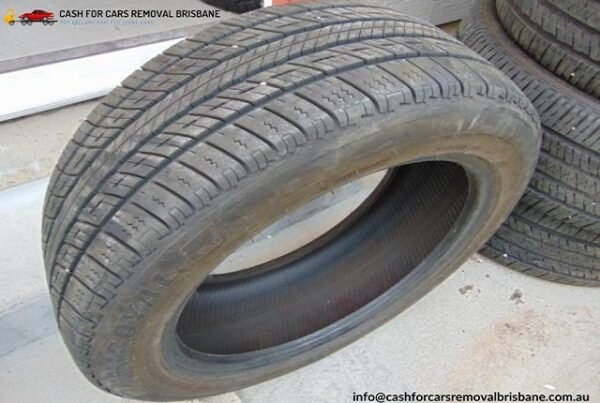
Managers must take an active role in materials handling and storage for their effective development programs. The supervisors must be convinced of the fundamental of controlling hazards associated with handling and storing of materials and must be held accountable for the employee material handling safety training. Material handling has got two aspects these are; safe lifting and transporting the load safely. How you move and place down the load is as important as how you pick it up.
Moving, Handling, and Storing Materials
When materials are manually moved, the employees should seek help when the load is so bulky and cannot be adequately grasped or lifted. It is better to seek advice when they are unable to see around or over it, or when the load cannot be safely handled. Handles should be attached to the loads to minimize the chances of getting fingers pinched. Employees should also use appropriate protective equipment. They should wear gloves or other hand and forearm protection for loads with sharp or rough edges, use eye protection to avoid eye injuries. When handling heavy loads, the mover should wear steel-toed safety boots to prevent foot injuries if they slip or accidentally drops a load. All the stacked loads must be appropriately piled and tied where possible. Proper precautions should be taken when stacking and storing material. The stored materials must not create a negative impact. The areas of storage must be kept free from substances that cause tripping, fires, or explosions. Besides, the new and used building material should be separately stored to help ease selection in times of use.
Material Handling with Conveyors
When handling materials using conveyors, workers’ hands may be caught in the nip points where the conveyor medium runs near the frame or over the rollers; they may be struck by material falling off the conveyor, caught on or in the conveyor and being drawn into the conveyor path as a result. To minimize the intensity of an injury, an emergency button to stop the conveyor must be installed at the employee’s workstation. For the cable to be accessed from any location along the belt, continuously available conveyor belts should have an emergency stop cable which extends the entire length of the conveyor. The emergency stop switch should be designed to be reset before the conveyor is started. Appropriate personnel must inspect the conveyor and clear the stoppage before restarting a conveyor that has stopped due to an overload. The employees must not ride on materials handling conveyor. Guards must be provided where a conveyor passes over work areas or aisles to keep employees from being struck by falling material. When the crossover is low enough for workers to run into, the guard must either be marked with a warning sign to protect the workers.
Handling & Storage of Flammable Material
In sticking to fire safety precautions, employees should know that flammable and combustible materials should be stored depending on their fire characteristics. For instance, flammable liquids should be separated from other material by a firewall. Other combustibles must be stored in an area where smoking and using an open flame or devices that produce sparks are prohibited. The materials that are very dangerous when they come into contact with each other should be stored apart.
Ergonomics of Material Handling
Ergonomics is the study of work. It is based on the principle that the job should be made to fit the person, rather than forcing the person to fit the job. It focuses on the work environment, such as work design and function, and the items such as design and function of workstations, controls, displays, safety devices, tools, and lighting to fit the workers’ physical requirements and to ensure their health and well being. Ergonomics includes restructuring the workplace conditions to make the job easier and minimizing stressors that cause trauma disorders and continuous motion injuries. The workers should also be provided with protective equipment to handle the new and used building material that is dangerous to handle with bare hands. Though no approach has been found for eliminating back injuries resulting from materials lifting, a good number of lifting injuries can be prevented by introducing an effective ergonomics program by offering training to employees on appropriate lifting techniques.




